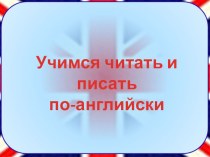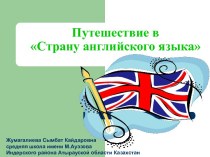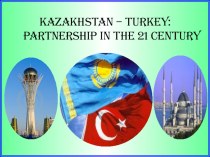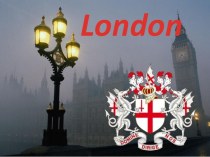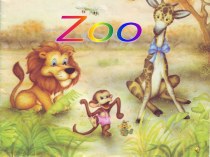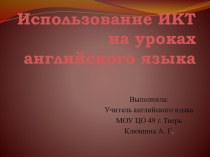- Главная
- Разное
- Бизнес и предпринимательство
- Образование
- Развлечения
- Государство
- Спорт
- Графика
- Культурология
- Еда и кулинария
- Лингвистика
- Религиоведение
- Черчение
- Физкультура
- ИЗО
- Психология
- Социология
- Английский язык
- Астрономия
- Алгебра
- Биология
- География
- Геометрия
- Детские презентации
- Информатика
- История
- Литература
- Маркетинг
- Математика
- Медицина
- Менеджмент
- Музыка
- МХК
- Немецкий язык
- ОБЖ
- Обществознание
- Окружающий мир
- Педагогика
- Русский язык
- Технология
- Физика
- Философия
- Химия
- Шаблоны, картинки для презентаций
- Экология
- Экономика
- Юриспруденция
Что такое findslide.org?
FindSlide.org - это сайт презентаций, докладов, шаблонов в формате PowerPoint.
Обратная связь
Email: Нажмите что бы посмотреть
Презентация на тему Проект по английскому языку
Содержание
- 2. The ain:To study the olympic symbolsTo find information about different mascots.
- 3. Questions:Are the mascots necesscery for Olympic Games?
- 4. Faster — Higher — Stronger
- 5. The Rings
- 6. The flag. On the Olympic flag, the
- 7. The mottoThe motto of the Olympic Games
- 8. The flameThe Olympic flame is one of
- 9. The lightingIn memory of the Olympic Games’
- 10. The relay route.The torch is carried by
- 11. Arrival at the stadium.The day of the
- 12. The mascots.There are several stories about the
- 13. The 1988 Olympic Winter Games in Calgary
- 14. Paralympic Mascots.The 2002 Winter Paralympic Games in
- 15. The Mascots 2014..There are so many mascots.
- 16. Скачать презентацию
- 17. Похожие презентации
The ain:To study the olympic symbolsTo find information about different mascots.
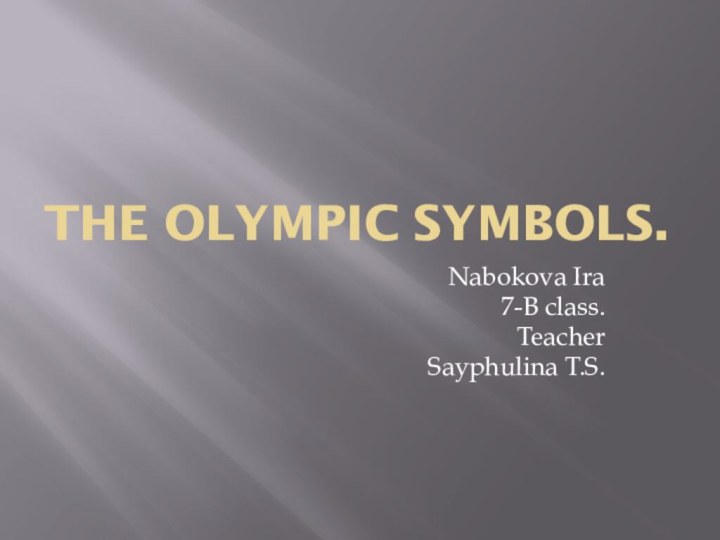
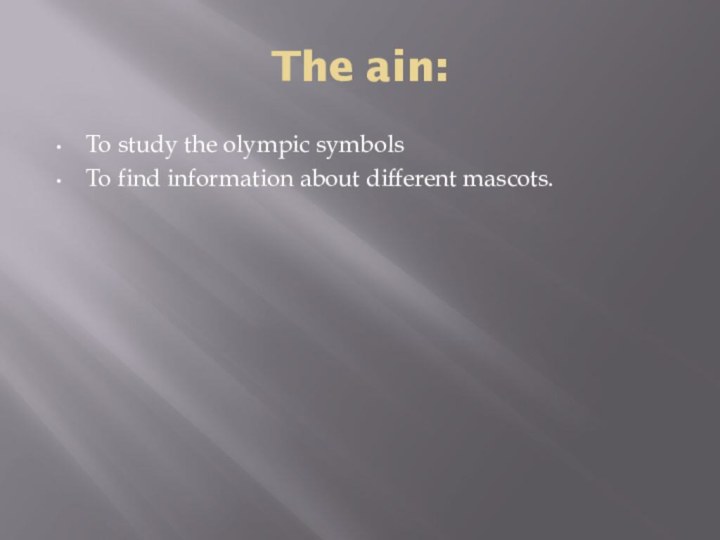
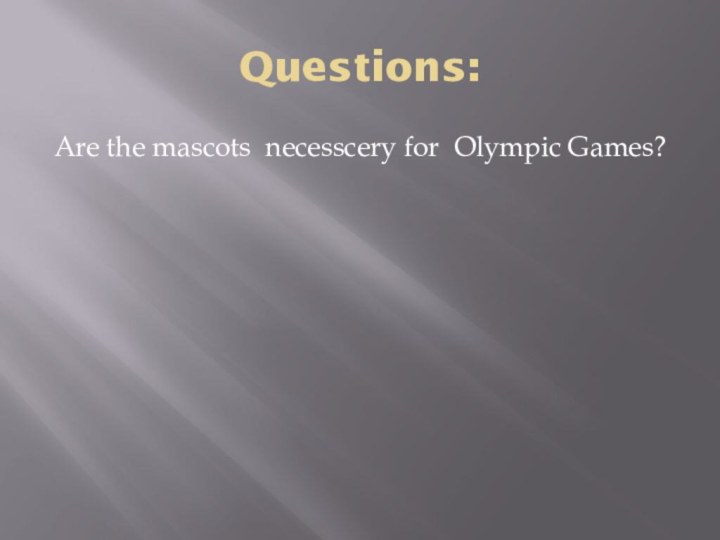
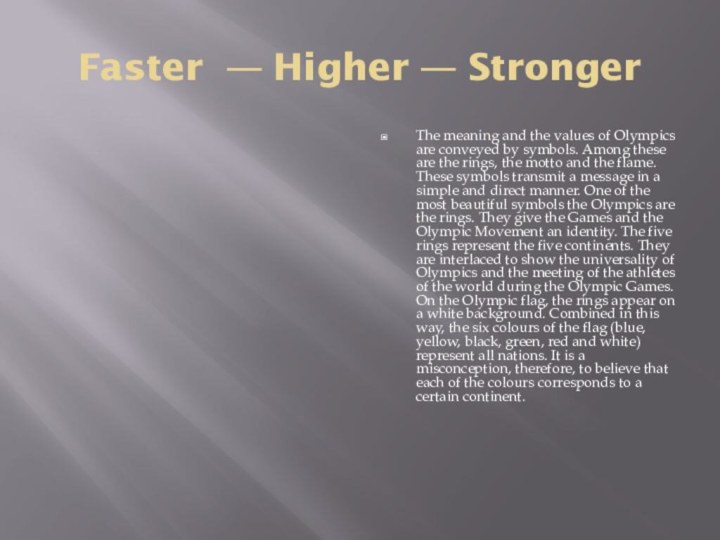
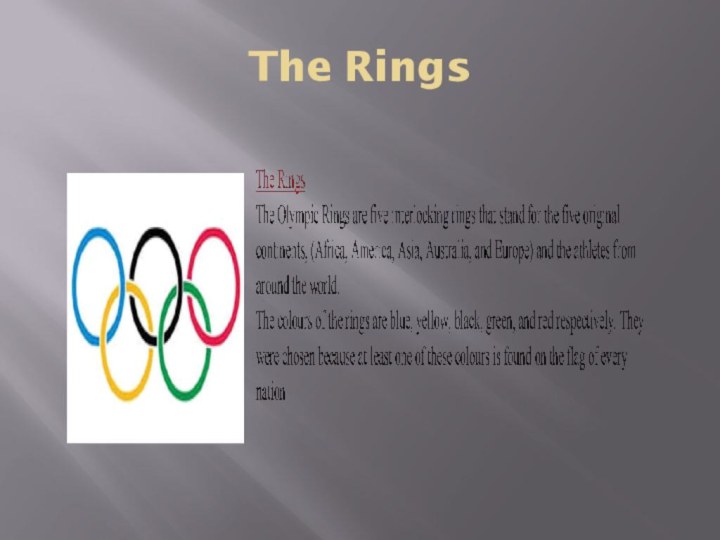
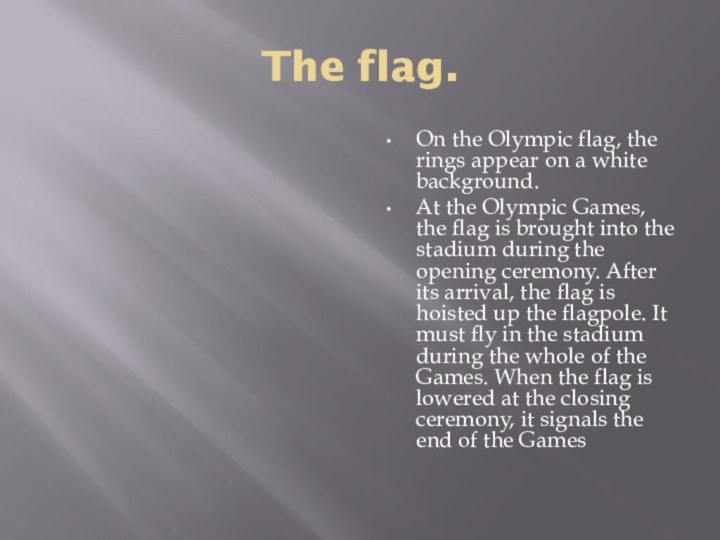
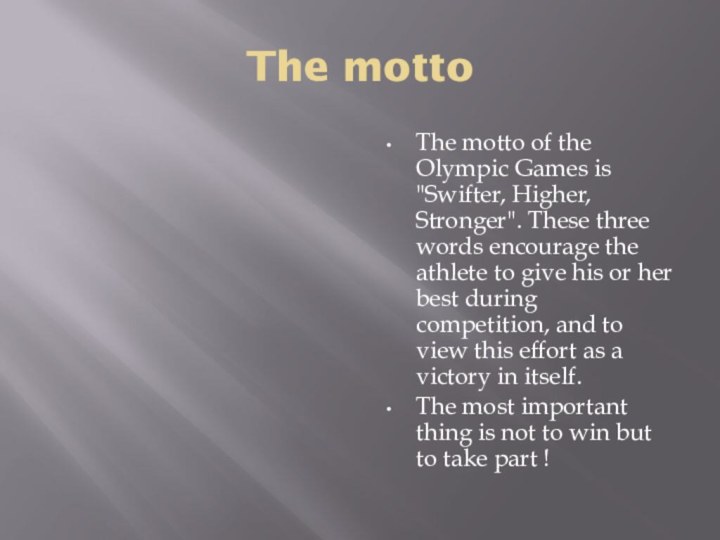
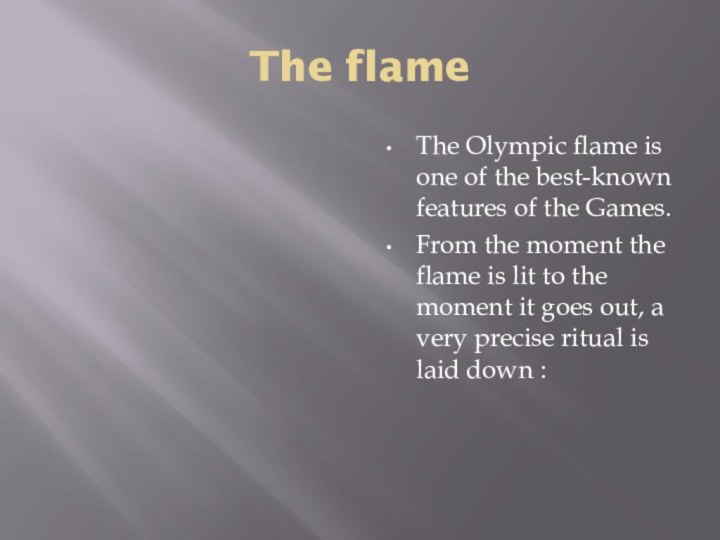

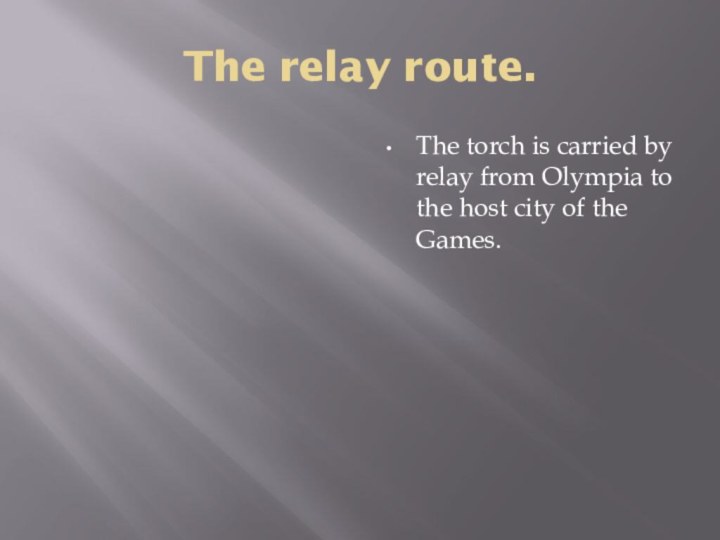
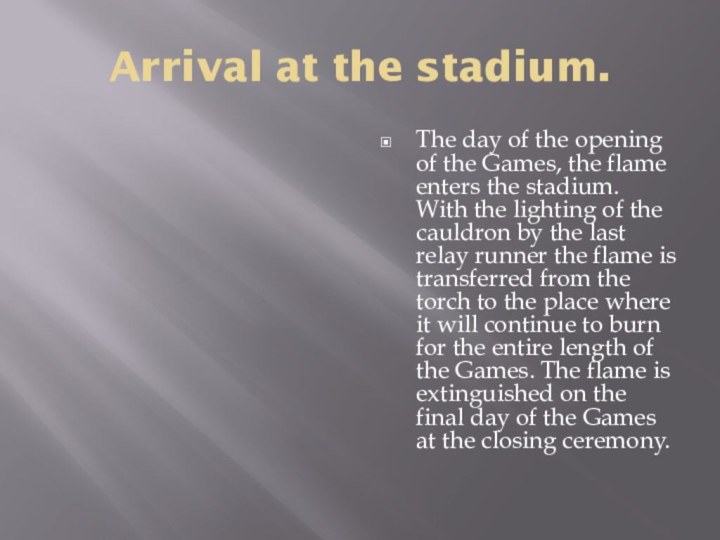

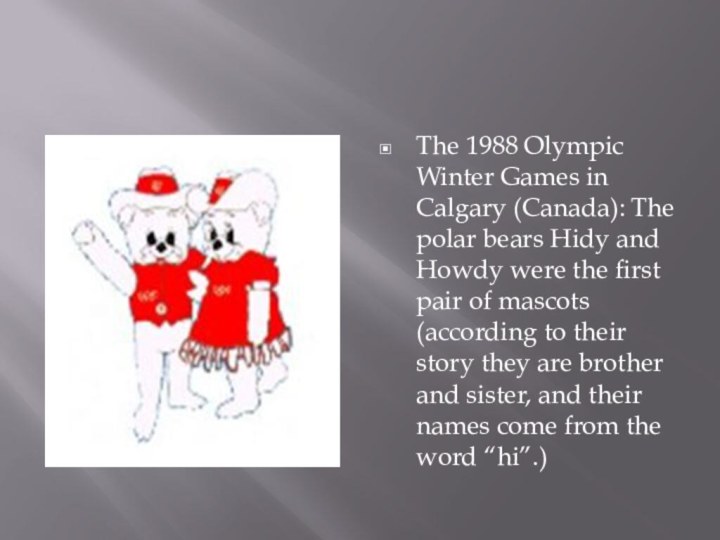

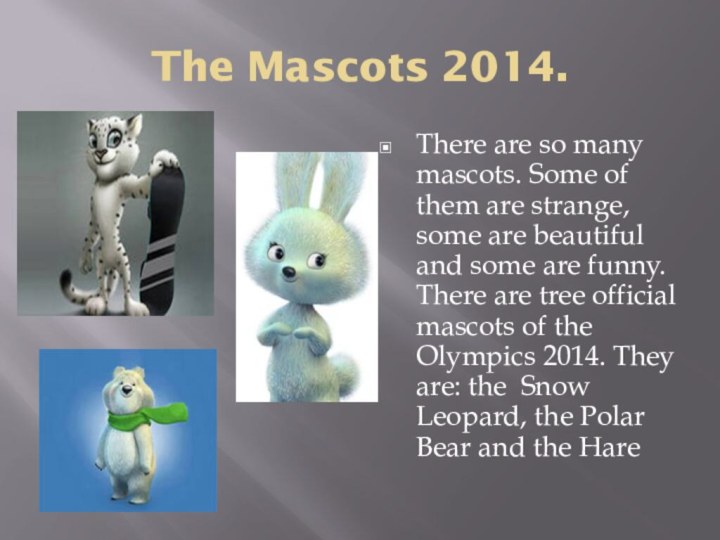
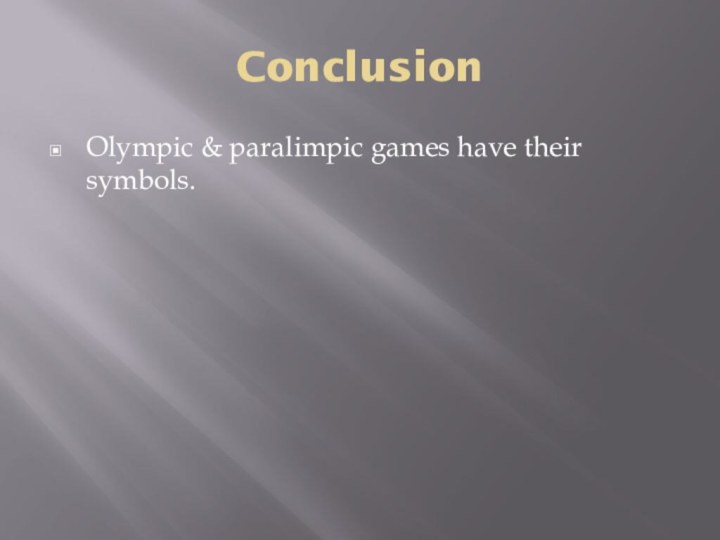
Слайд 4
Faster — Higher — Stronger
The meaning and the
values of Olympics are conveyed by symbols. Among these
are the rings, the motto and the flame. These symbols transmit a message in a simple and direct manner. One of the most beautiful symbols the Olympics are the rings. They give the Games and the Olympic Movement an identity. The five rings represent the five continents. They are interlaced to show the universality of Olympics and the meeting of the athletes of the world during the Olympic Games. On the Olympic flag, the rings appear on a white background. Combined in this way, the six colours of the flag (blue, yellow, black, green, red and white) represent all nations. It is a misconception, therefore, to believe that each of the colours corresponds to a certain continent.
Слайд 6
The flag.
On the Olympic flag, the rings
appear on a white background.
At the Olympic Games, the
flag is brought into the stadium during the opening ceremony. After its arrival, the flag is hoisted up the flagpole. It must fly in the stadium during the whole of the Games. When the flag is lowered at the closing ceremony, it signals the end of the Games
Слайд 7
The motto
The motto of the Olympic Games is
"Swifter, Higher, Stronger". These three words encourage the athlete
to give his or her best during competition, and to view this effort as a victory in itself.The most important thing is not to win but to take part !
Слайд 8
The flame
The Olympic flame is one of the
best-known features of the Games.
From the moment the flame
is lit to the moment it goes out, a very precise ritual is laid down :
Слайд 9
The lighting
In memory of the Olympic Games’ origins,
the flame is lit in Olympia, Greece, some months
before the opening of the Games. The Olympic flame can only be lit by the sun’s rays.
Слайд 11
Arrival at the stadium.
The day of the opening
of the Games, the flame enters the stadium. With
the lighting of the cauldron by the last relay runner the flame is transferred from the torch to the place where it will continue to burn for the entire length of the Games. The flame is extinguished on the final day of the Games at the closing ceremony.
Слайд 12
The mascots.
There are several stories about the first
mascots for the Olympic Games, but most people agree
that the history of having cute symbols for each Games began in 1968.Stylised skier, Schuss - a toy created for the 1968 Olympic Winter Games in Grenoble (France). Badges and figures of Schuss became so popular that he became the unofficial mascot of the Games.



